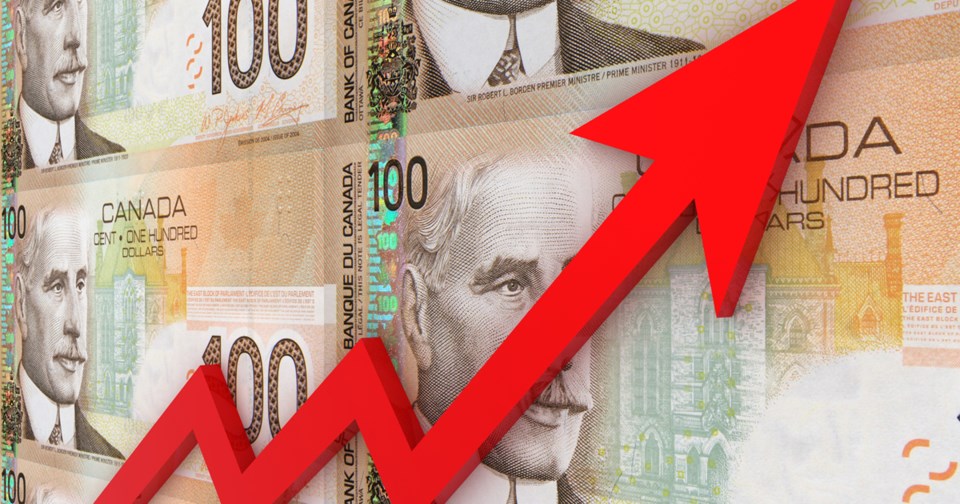Prices in Saskatchewan are going up at a rate not seen in around two decades.
Inflation on an annual basis reached 4.2 per cent, the highest it’s been since February 2003, according to on Feb. 15.
On a national level, inflation rose 5.1 per cent. Statistics Canada said the inflation rate on an annual basis hasn’t exceeded five per cent since September 1991.
Within Saskatchewan, it was gasoline that saw the highest increase, going up by 31.2 per cent since January 2021.
Food prices saw a 5.4 per cent increase, a rate that hasn’t been exceeded since July 2009. Shelter prices saw a 4.2 per cent increase, a rate not exceeded since March 2009.
Clothing prices were the only category to decrease since January 2021, by a rate of 2.7 per cent.
“The widespread nature of the price gains, including in many sectors that rarely see significant inflation, indicates that firms are readily able to pass on cost increases, especially at a time when consumer savings are relatively flush,” BMO chief economist Douglas Porter said in a note.
“Simply put, this is far too hot for comfort for the Bank of Canada, so expect a steady series of rate hikes in the coming meetings – we look for four in a row to start, and it may well require much more than that to bring inflation to heel.”
TD senior economist James Marple echoed Porter's sentiments.
“Higher interest rate hikes won't immediately quell inflation, but they are essential to slowing it over the medium term,” he said in a note.
“Still, it will be important to watch the evolution of supply constraints as well as geopolitical risks. Unless these ease, inflation will continue to surprise on the upside, making the job of achieving a smooth landing that much harder.”
Written with files from Tyler Orton,


.png;w=120;h=80;mode=crop)
.png;w=120;h=80;mode=crop)
